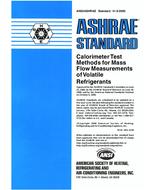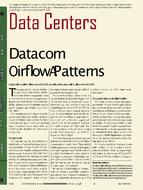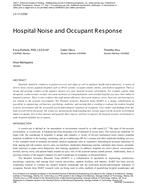Click here to purchase
Industrial environments require ventilation to reduce exposure to excess heat and contaminants that are generated in the workplace; in some situations, cooling may also be required. Ventilation is primarily used to control excess heat, odors, and hazardous particulate and chemical contaminants. These could affect workers’ health and safety or, in some cases, become combustible or flammable when allowed to accumulate above their minimum explosive concentration (MEC) or lower flammable limit (LFL) (also called the lower explosive limit [LEL]) (Cashdollar 2000). Excess heat and contaminants can best be controlled by using local exhaust systems whenever possible. Local exhaust systems capture heated air and contaminants at their source and may require lower airflows than general (dilution) ventilation. This chapter describes principles of ventilation practice and includes other information on industrial hygiene in the industrial environment. See Chapter 33 for more information on the selection and design of industrial local exhaust systems.
Ventilation Design Principles
General Comfort and Dilution Ventilation
Heat Control
Energy Conservation, Recovery, and Sustainability
No. of Pages: 9
Citation: 2019 ASHRAE Handbook¿¿¿HVAC Applications
Product Details
- Published:
- 2019
- ISBN(s):
- 9781947192126
- Number of Pages:
- 9
- Units of Measure:
- Dual
- File Size:
- 1 file , 180 KB
- Product Code(s):
- D-A322019IP


